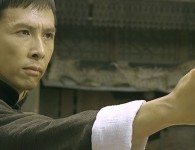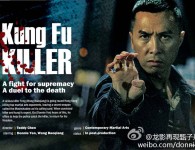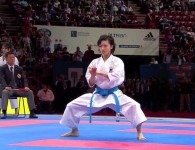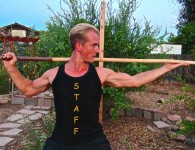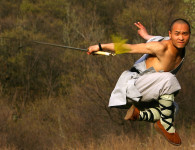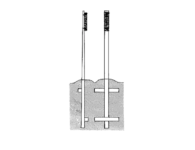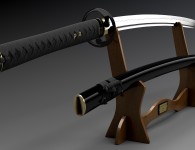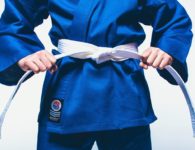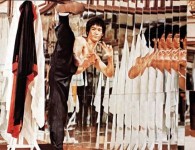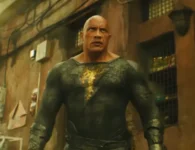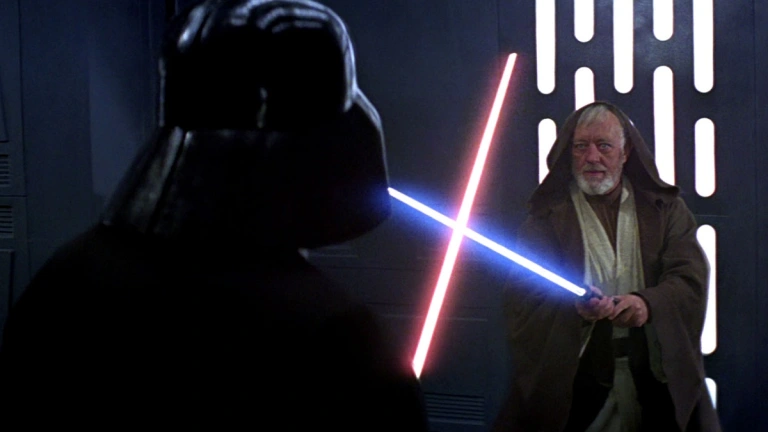
Star Wars is going back to its roots with the new series The Acolyte. And those roots are firmly planted in martial arts.
Let’s take a look at the wide-ranging influence that martial arts have had on the Star Wars universe. And how The Acolyte will honor them.
Martial Arts And Star Wars Fight Scenes
The influence that martial arts have had on the action in Star Wars is obvious. You can see the hallmarks of disciplines like Karate, Jiujitsu, Taekwondo, and many more in every combat scene in both the movies and TV shows. Lightsasber techniques in particular owe a great debt to katana and bo training. The Star Wars universe has also benefitted from the talent and insight of the martial artists it has employed as stunt workers and stars. Especially the legendary Donnie Yen, who created a whole new discipline for his role in Rogue One: A Star Wars Story.

Martial Arts And Star Wars Characters
It’s not just martial arts techniques that have left their impact on Star Wars, though. Martial arts has also helped to shape its characters and world building.
As Fansided writer Chelsea Zukowski points out in the article “How Star Wars was inspired by Japanese cinema and samurai history,” the original Star Wars stories were heavily influenced by samurai history.
The Jedi were patterned after the samurai. “Like the Jedi, samurai warriors existed for hundreds of years and understandably went through several evolutions. The samurai of the peaceful Edo period transitioned to more civilian roles of governing and protection and, like the Jedi, trained in both martial arts and spirituality (for the samurai, it was the principles of Confucianism). As the Jedi trained in the ways of the Force and held dear their Jedi code, so did the samurai warriors of feudal Japan with the bushido code of conduct. Bushido translates to ‘way of the warrior’ and established moral standards for the samurai class. […]The Jedi code is strikingly similar to the codes held by samurai, especially because of the priority placed on spiritual morals, compassion and being a champion for these ideals and peace.”
Zukowski also suggests that there are parallels between the Sith and ronin. “Following the instalment of a new shogun in the early 1600s, the need for military protection dropped, prompting the samurai to adapt and transition to new roles while the masterless ronin wandered Japan trying to find employment and purpose. No matter their reason for becoming ronin, some ronin were resentful or vengeful because of their marginalized status,” she writes. “The Sith in Star Wars could also be considered ‘masterless’ as they serve none but themselves and their own desires rooted in greed, hatred, fear and want for power. And while the Jedi ‘serve’ and respect the Force, the Sith see the Force as a tool to be melded and weaponized for their own ends.”
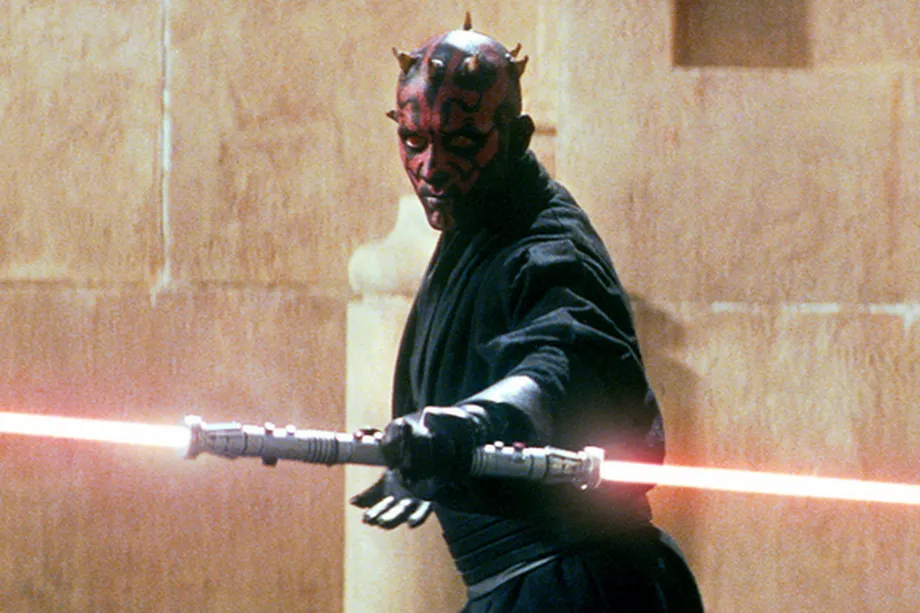
Martial Arts and Star Wars Stories
Martial arts storytelling also had a major influence on the original Star Wars plot. George Lucas is a longtime fan of samurai stories, particularly the films of the seminal Japanese filmmaker Akira Kurosawa. Lucas has actually said that he considers Kurosawa his master.
Lucas’s admiration of Kurosawa’s samurai films like Seven Samurai and Yojimbo is very obvious in general. You could argue that Star Wars is essentially a samurai epic set in space. But there’s one specific Kurosawa film that directly inspired the original story: The Hidden Fortress.
In a 2001 interview, Lucas discussed how that film had influenced the structure of Star Wars. “The one thing that really struck me about The Hidden Fortress was the fact that the story was told from the [perspective of] the two lowest characters. I decided that would be a nice way to tell the Star Wars story, which was to take the two lowest characters, as Kurosawa did, and tell the story from their point of view, which in the Star Wars case is the two droids.”
But the similarities don’t end there. The Hidden Fortress also features an Obi-Wan Kenobi-esque veteran of battles gone by who is helping a new generation of fighters. (And who eventually ends up confronting an old nemesis.) Its story also hinges on a rebellion led by a young and strong princess. Lucas even tried to court the film’s star, Kurosawa mainstay Toshiro Mifune, to play the role of Obi-Wan before the role went to Alec Guinness.
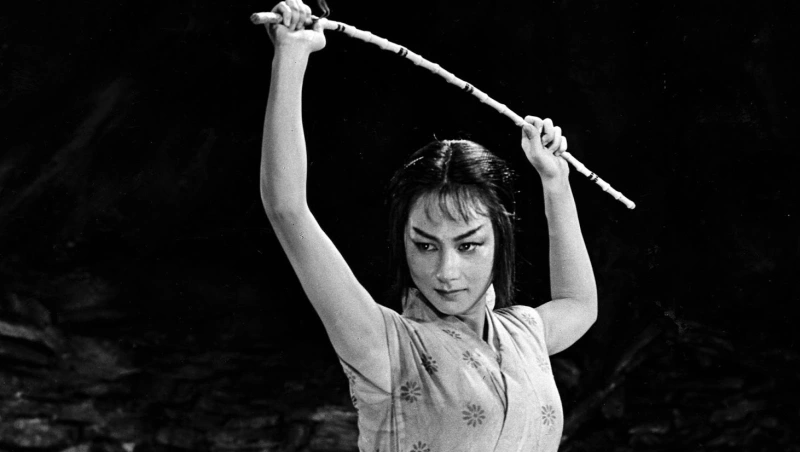
Martial Arts and The Acolyte
One person who’s been paying a lot of attention to Star Wars’ martial arts history is Leslye Headland, the showrunner behind The Acolyte. This recently announced Disney+ series will take viewers back 100 years before the events of The Phantom Menace to explore how the events of the prequel films came to be.
To prepare for the show, Headland has also taken herself back to see where the whole Star Wars idea started. In an interview with Vanity Fair, she talked about what she’s watching to prepare herself for this production. “Jon Favreau said that when you’re working in this world, you want to go back to what George was inspired by. There were Westerns and then of course, Akira Kurosawa samurai films, and the fact that he originally offered Obi-Wan Kenobi to Toshiro Mifune … So I actually went more toward martial arts films, and storylines that are a little bit more personal and less global and galactic. Those warriors were on missions that were deeply personal, with people feeling wronged and having to make it right. Wuxia Films and martial arts films from King Hu and the Shaw Brothers, like Come Drink With Me and Touch Of Zen. They’re monks that are also martial arts heroes.”
Disney hasn’t announced a release date for The Acolyte yet, but we’ll keep you updated on the latest developments in what promises to be a galactic martial arts epic.




